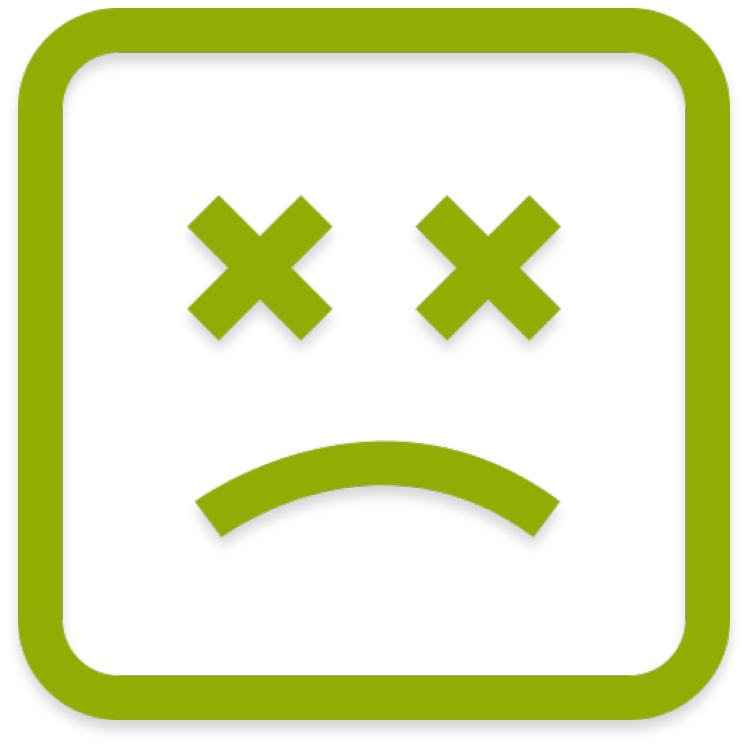


gmaregionaltv.com is home to the latest stories produced by news teams of GMA Regional TV from stations in key areas across the Philippines.
Get Connected
3rd Floor, GMA Network Studios, GMA Network Drive, Quezon City, The Philippines
(+63-2) 982 7777 loc. 9201